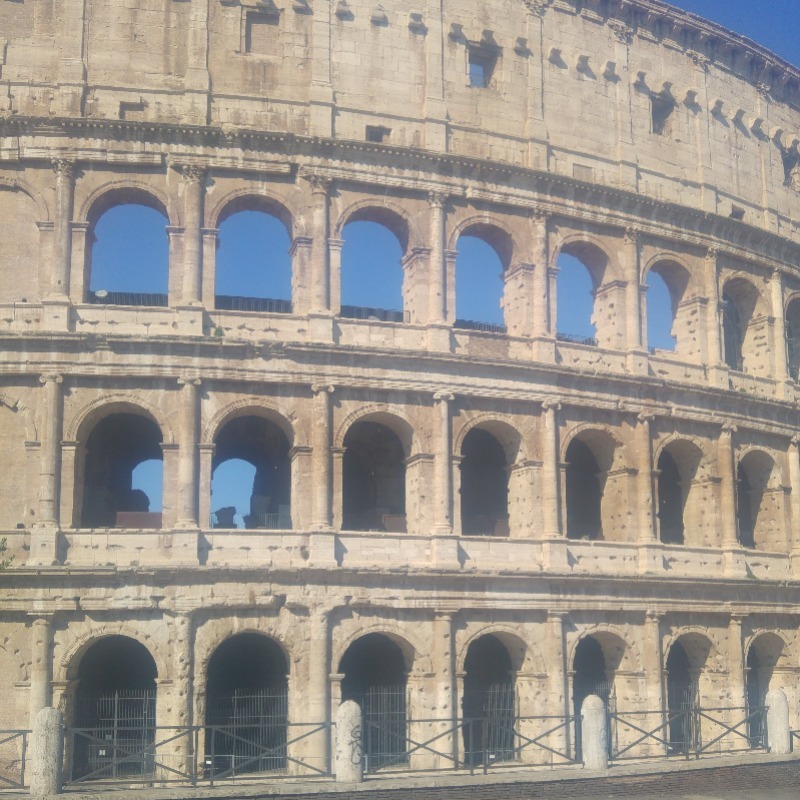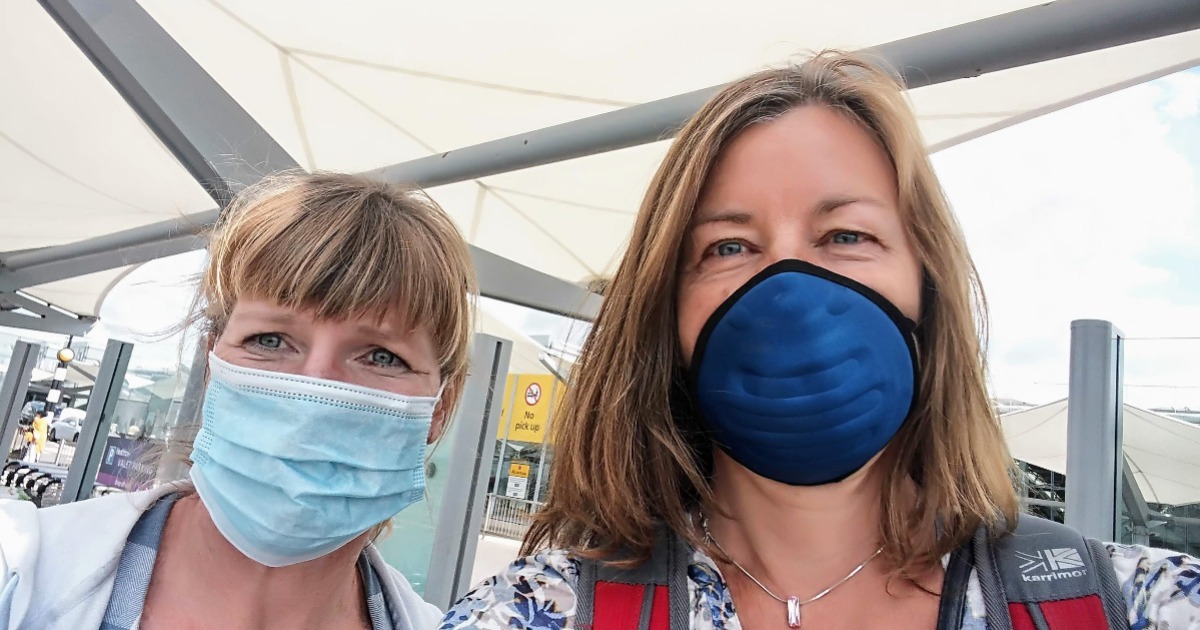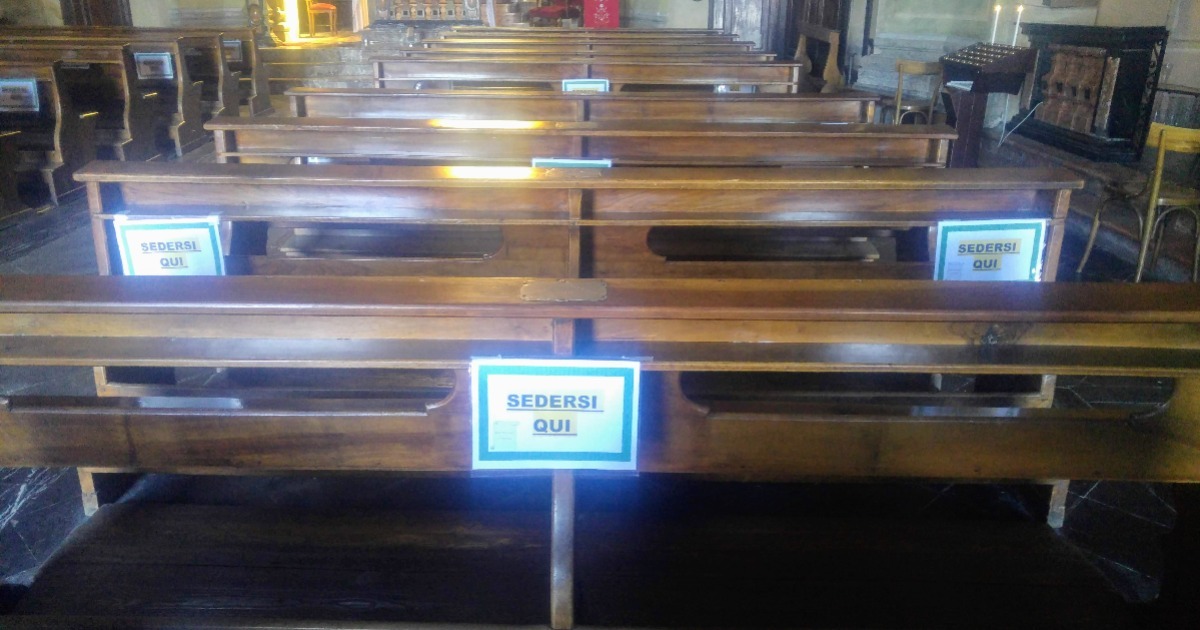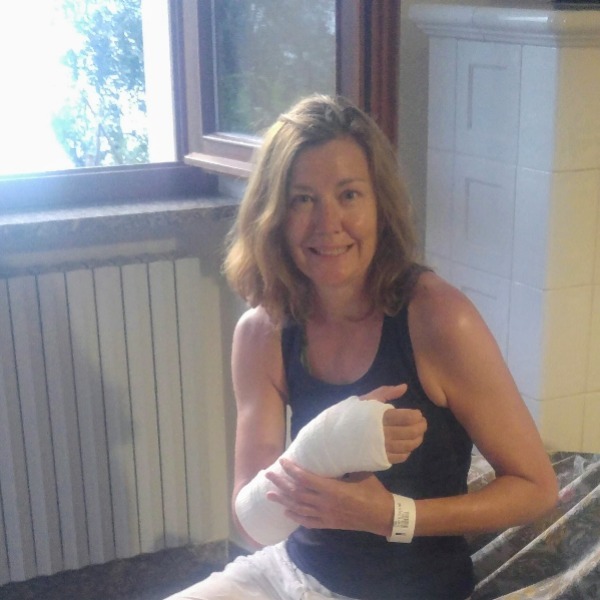
When I booked my 2 week trip to Italy last August, most European lockdowns had been eased and flights were available to the main tourist destinations once more. At this time, many British people had decided to holiday at home so as not to risk contracting the Coronavirus either in an airport, on a plane or on foreign shores. A few days before I left home, cases were rising considerably in Spain and France and the government started to impose quarantine measures to those returning from these countries.

At this point I started to think about risk factors of travelling to Italy. How safe was the airport? How would I be affected by sitting in a full aircraft for 2 hours? What were the rules in Italy? Were there more/fewer cases there? How could I best keep myself safe?
I came to the conclusion that the risk of travelling to Italy was no greater, or only very slightly greater, than the risks I was exposed to in the UK. Their case load was similar, their government had put into place robust measures to reduce the transmission of the virus, which it seemed the majority of the population were adhering to. I am a generally fit and healthy person, with much travel experience and, having calculated the risks versus gains, made the decision to go ahead. I was anticipating the exhilarating new experiences, visiting new places, the excitement of getting away after an enforced lockdown and the sheer joy of plunging into the unknown once more. This is what I do, this is what I love and to live well you need to follow your passion. I had been at home for 5 months and now needed to get out into the world again.
Once on Italian soil it was clear that they were taking the virus seriously: temperature checks were implemented in the airport, train stations and major tourist venues; masks were worn almost everywhere, including outside; social distancing signs were abundant; chairs and seating were cordoned off; and constant cleaning was in evidence in busy environments. I felt safe and relaxed into the trip, visiting Milan, Lake Como, Verona, Lake Garda and Rome.

I enjoy a mix of culture and outdoor adventures and this journey combined the two perfectly. In the cities I discovered ancient monuments, cathedrals, museums, bridges, and pounded the streets assimilating each place’s ambience and character. In the Lakes I sat and gazed at breath-taking views and hiked some of the ancient mule tracks that wind up, down and around the mountains.
On the last day in Lake Garda we were walking down Monte Baldo, having ascended the 2000m by cable car, on a beautiful route through the trees, when I slipped on a wet rock, broke my fall by putting my hand down and immediately felt incredible pain in my wrist. A double fracture of the radius and ulna was diagnosed and treated in an incredibly efficient Italian hospital.

So when you think you have weighed up all the pros and cons of one particular risk, you find yourself affected by a completely different one. If I had considered the risks of walking down a 2000m mountain to the same extent that I considered the risks of contracting coronavirus, would I still have broken my wrist? Why did I not deliberate about the considerable amount of rain that had fallen the night before? Why didn’t I research a safe route down the mountain instead of taking a random path? Why did I think descending a mountain in trainers was a good idea? Why didn’t I think of using a walking pole? We all measure risks differently and we all have a threshold of risk that we don’t go beyond.
The pandemic, and the reporting of it, has instilled a sense of fear into all of us. We are all in a heightened sense of alertness, but we sometimes need perspective to look at the facts, rather than exaggerated news headlines. We need to be aware of all risks, not just the most frequently reported ones. Risk is everywhere. We can minimise it by research and common sense. However, there is a balancing act. If every detail of preparation was covered and every risk assessed, the sense of adventure would be lost. Sometimes we just make decisions in the moment and sometimes taking a different path uncovers unexpected joys. In my case, the spontaneous path resulted in an injury, but I don’t regret it.

I loved being on that mountain up to the point that I fell.
As a traveller therefore, probably the best advice is to be prepared, but not over prepared. Accept that all adventure poses a risk, and if a spontaneous decision results in an accident, we must deal with the consequences. Considering the thousands of miles I have hiked on mountains and cliffs without incident, the risk is minimal. Personally, I would much rather get out there and experience new things with an element of risk than sit in the comfort and safety of my home. I broke my wrist but I didn’t contract Coronavirus. I can live with that.
What is your experience of taking risks? Do you have a threshold you don’t go beyond? Do you think over-planning spoils an adventure? I’d love to hear your thoughts and comments.